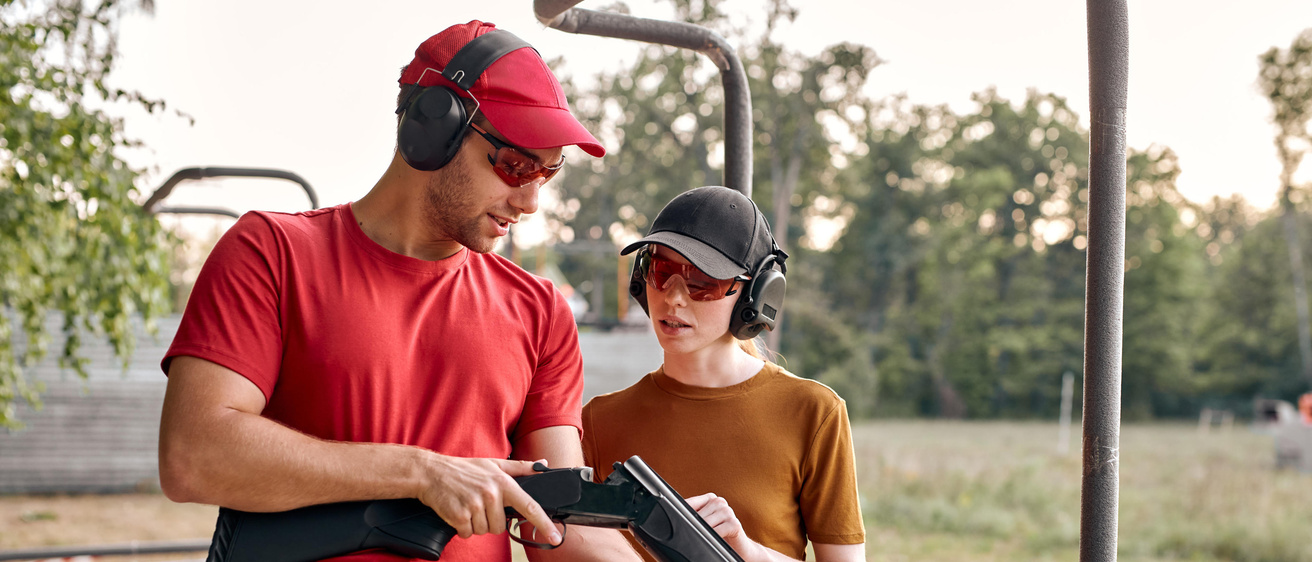A new study by University of Iowa researchers provides a better understanding of rural youths’ attitudes toward firearms and firearm safety measures, as well as their experiences with firearm violence and school lockdowns.
The study, published in the journal Pediatrics, was conducted by surveying nearly 3,300 attendees, ages 13-18, at the 2021 National FFA Convention & Expo, a leading agriculture and leadership conference.
Of those surveyed, 35% had experienced a school lockdown due to a potential firearm or other violence. A tenth of the respondents reported having personally seen someone threatened by a firearm, and nearly half (46%) knew someone who had been killed or injured by a firearm.
Participants who had experienced a school lockdown, as compared with those who had not, generally had higher levels of agreement with firearm safety interventions asked about in the survey. Those who had experienced a lockdown were:
- 1.5 times more likely to agree with creating a national database of privately owned firearms
- 1.3 times more likely to agree with:
- Background checks for firearms sales and gifts between private citizens
- Firearm safety courses prior to first firearm purchase
- Laws requiring safe storage (locked and unloaded with ammunition stored separately)
- Health care providers asking about safe storage in homes where children are present
- Parents asking families where their children visit or play whether they have firearms stored unlocked
While those who were surveyed reported strong agreement toward gun safety interventions like background checks and safety courses before purchasing firearms, respondents who personally knew of someone killed or injured by firearms had a 1.8 times higher likelihood of believing that firearms make a home safer.
“This is a belief that has become increasingly more common in the U.S. over the past twenty years, but is strongly contradicted by the evidence,” says Charles Jennissen, MD, a clinical professor of emergency medicine and the study’s primary investigator. “Multiple studies have shown that firearms in the home increase the risk of unintentional, homicidal, and suicidal injury for all residents.”
"This study's objective was to better understand their personal experiences and how they might affect their attitudes and beliefs toward firearms and safety strategies."
- Charles Jennissen, MD
The study indicates that rural adolescents’ homes have a much higher prevalence of firearms than their urban counterparts – almost 90% of participants reported being aware of at least one rifle and/or shotgun in the home, and almost 70% reported the presence of both rifles/shotguns and handguns.
“There are very few previous studies focused on rural youth’s attitudes toward gun safety and their exposure to firearm violence,” Jennissen says. “Knowing their attitudes and perceptions will help inform the creation of effective firearm-related injury prevention strategies with this audience in mind.”
About the researcher

Current Positions
- Clinical Professor of Emergency Medicine
- Clinical Professor of Pediatrics
Motivation for research:
“We know rural adolescents have different experiences and exposures to firearms than their urban counterparts, and this study’s objective was to better understand their personal experiences and how that might affect their attitudes and beliefs toward firearms and safety strategies. With this knowledge, effective firearm safety programs can be developed to protect more kids from firearm-related injury and death.”
Firearm statistics
- In 2021, there were 48,953 firearm-related deaths in the U.S.
- In 2020, firearms became the leading cause of death for ages 0 to 24 years in the U.S.
- Rural areas have higher rates of self-inflicted and unintentional injuries as compared with their urban counterparts, and higher firearm-related hospitalization rates for children aged 5 to 14 years.
